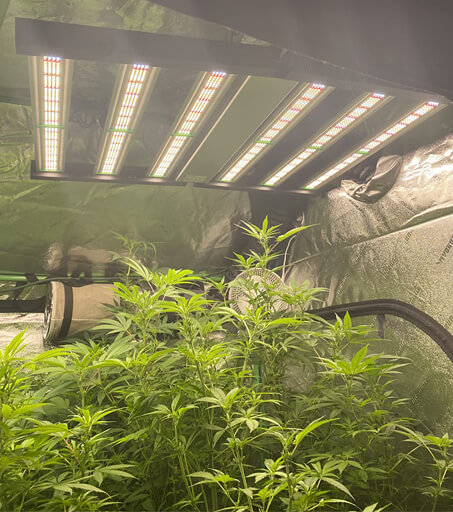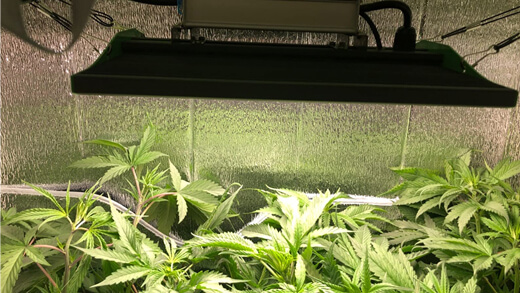Effect of light on plants
Under the influence of light in green leaves from carbon dioxide and water, carbohydrates are formed, substances vital for the successful development of plants. It is light energy that triggers this process, photosynthesis; when there is not enough light, it slows down. This affects the appearance of flowers: the leaves lose their color, the shoots become thinner and grow poorly, the flowering weakens.
In order to support the normal development of plants, additional lighting is needed. The problem is that the need for light is different for different colors, and they react differently to both lack of light and excess.Plants cannot do without additional lighting in the following cases:
- If in a given area the number of cloudy days prevails over the number of sunny days.
- If the flowers are kept on a windowsill, but due to an unfortunate location (north side), direct sunlight is delayed for less than 3.5 hours.
- In the autumn-winter period in regions with a shortened daylight hours (the entire middle zone of Russia and more northern territories), if the temperature of the content exceeds 22 ° C.
Normal light environment parameters
It is not just each factor that matters, but the right combination of them. When organizing artificial lighting, it is necessary to provide both the required amount of light and the correct alternation of light and dark periods. For example, if you illuminate light-loving species with a low-power lamp, they can get sick, even with the right day length.

For active development and flowering, different species need illumination within the following limits:
- Bright light (8-10 thousand lux). The need for bright light is found in cacti, palms and orchids. Loves light rose, bougainvillea, hibiscus and pelargonium.
- Moderate (4-6 thousand lux). Some cacti and palms, Kalanchoe, hibiscus, ivy, amaryllis, chrysanthemum, begonia.
- Weak (1-3 thousand lux). In low light, fern, tradescantia, dracaena, spattifillum, echinanthus, diphenbachia feel good.
For the development of plants, such a parameter of light as its spectral composition is important. Sunlight is not uniform; it contains rays of different wavelengths. The spectrum is conventionally divided into two types:
- Warm (longwave, red and orange). The length of orange rays is 620-595 nm, red – 720-600 nm. The color temperature is 2700-3000 K.
- Cool (shortwave, blue and purple). The wavelength ranges from 490-380 nm. The color temperature is around 4000-6500K.
Both parts of the spectrum are needed for color development, but they have different effects. Artificial light bulbs designed for plants are marked with numbers, and the higher the number, the colder the light.

Dedicated light bulbs help solve the following problems:
- Red and orange spectrum. The rays are responsible for the processes of photosynthesis, affect the rate of growth and development, are responsible for flowering and fruiting. They will be useful if you want to plant flowers or, for example, lemons, tomatoes or peppers. The rays of the warm spectrum are useful for the growth of the root system, as well as in preparation for flowering.
- The blue and especially the violet spectrum. They also take part in photosynthesis, but additionally stimulate the formation of proteins and the growth of the green mass of leaves. The cold spectrum is useful if you plan to grow greens or seedlings; it will be enough for root crops. Under the rays of a cold spectrum lamp, varieties that in nature are accustomed to short daylight hours will bloom faster.



